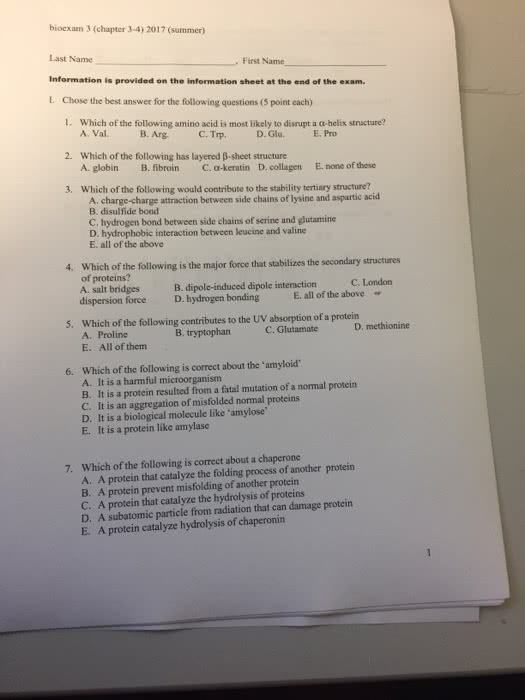CHEM1112 Lecture Notes - Lecture 10: Nucleophile, Methyl Group, Protic Solvent

Identify and name organic halogen compounds
Screen clipping taken: 28/08/2017 10:29 PM
Primary - halogen on end of chain
Secondary - Carbon connected to halogen has 2 chains
Tertiary - carbon connected to halogen has 3 chains
Screen clipping taken: 28/08/2017 10:46 PM
10.1
Monday, 28 August 2017
10:23 PM
10. Organic halogen compounds Page 1

Predict the products of the elimination of alkyl halides, using Zaitsev's rule, and give the reagents required to
perform this reaction
Direct substitution mechanism
SN2 (substitution -
nucleophilic -
second - order)
2 = because rate
depends on 2 things
(n/e phile)
Has transition state
-
Reaction rate proportional to
concentrations of both nucleophile
and electrophile
-
e.g. if you double concentration of
nucleophile or electrophile -> rate
will double
-
Increasing conc means rate is more
likely to occur
-
Since both starting materials
involved in transition state, and
there is only one step, reaction
rate proportional to concs of both
starting materials
-
Steps
Nucleophile tends to have neg
charge
-
Nucleophile substitutes with
leading group
-
2 - because rate depends on conc
of substrate and nucleophile
-
Tertiary alkyl halides react so
slowly that they are unreactive
towards an SN2 mechanism
Screen clipping taken: 28/08/2017 10:40 PM
Screen clipping taken: 28/08/2017 10:43 PM
Screen clipping taken: 2/10/2017 12:23 PM
SN1 (substitution -
nucleophilic - first
order)
(1 = because rate
only depends on 1
thing, starting
materials)
Reaction rate proportional to
concs of organohalide/starting
material only
-
Reaction rate proportional to
formation of carbocation
-
Larger hill = formation of
carbocation (getting rid of Br-)
-
Loss of leading group
1.
Nucleophilic attack
(nucleophile attacks
electrophile), nucleophile
substitutes for leading group
2.
Steps
Screen clipping taken: 28/08/2017 10:44 PM
Screen clipping taken: 28/08/2017 10:47 PM
10.2 - elim and sub (Wk 4)
Monday, 28 August 2017
10:24 PM
10. Organic halogen compounds Page 2

Screen clipping taken: 28/08/2017 10:47 PM
TS = transition state
Screen clipping taken: 2/10/2017 12:16 PM
If neutral nucleophile
Screen clipping taken: 2/10/2017 12:19 PM
Primary secondary, tertiary alkyl halides
1 = primary carbocation (1 alkyl group attached to it)
2 = secondary
3 = tertiary (most stable)
10. Organic halogen compounds Page 3
Document Summary
Secondary - carbon connected to halogen has 2 chains. Tertiary - carbon connected to halogen has 3 chains. Screen clipping taken: 28/08/2017 10:46 pm: organic halogen compounds page 1. Predict the products of the elimination of alkyl halides, using zaitsev"s rule, and give the reagents required to perform this reaction. Sn2 (substitution - nucleophilic - second - order) 2 = because rate depends on 2 things (n/e phile) Reaction rate proportional to concentrations of both nucleophile and electrophile e. g. if you double concentration of nucleophile or electrophile -> rate will double. Increasing conc means rate is more likely to occur. Since both starting materials involved in transition state, and there is only one step, reaction rate proportional to concs of both starting materials. 2 - because rate depends on conc of substrate and nucleophile. Tertiary alkyl halides react so slowly that they are unreactive towards an sn2 mechanism.






